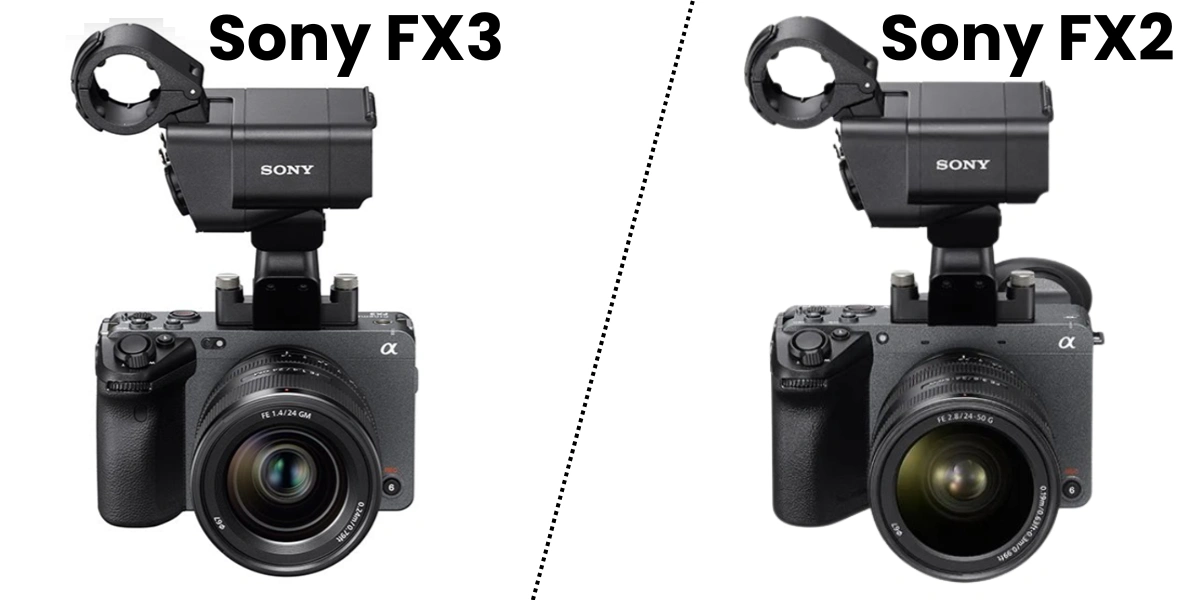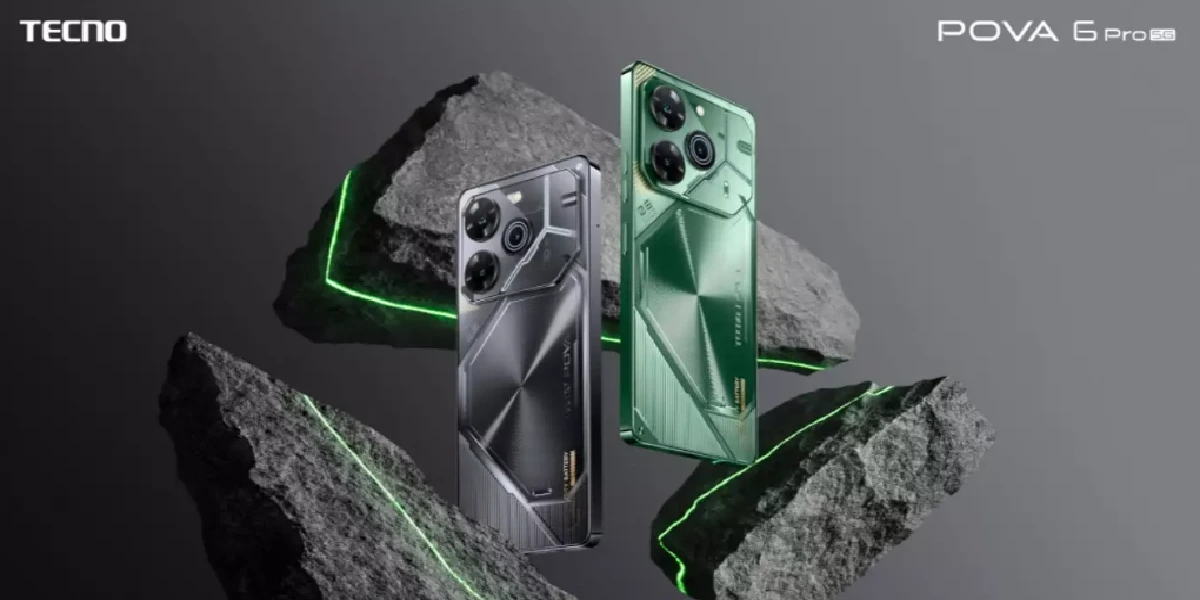Sony FX3 vs FX2: 2025 has kicked off with a bang in the world of compact cinema cameras—and Sony’s FX lineup continues to dominate the conversation. With the release of the FX2, creators, filmmakers, and tech lovers everywhere are now scratching their heads wondering: Should I upgrade from the FX3 or stick with the tried and true?
Who Should Be Interested in FX3 and FX2?
Whether you’re a YouTuber, indie filmmaker, content creator, or corporate video producer, both these cameras cater to your craft. But their differences may make one a clear winner depending on how and what you shoot.
Overview of Sony FX3

Launch Date and Target Audience
Released in 2021, the Sony FX3 bridged the gap between mirrorless cameras and full-blown cinema gear. Aimed at solo shooters and agile filmmakers, it became a go-to for compact, high-quality video.
Key Specs and Features
-
12.1MP Full-frame Exmor R sensor
-
4K 120fps, 10-bit 4:2:2
-
S-Cinetone and S-Log3 support
-
Dual card slots (CFexpress A & SD)
-
Fan-based cooling system
-
Lightweight at just 715g
Overview of Sony FX2

New in 2025: What Changed from FX3?
The FX2 refines the FX3’s success while cranking up the pro features. It includes improved codecs, better autofocus, higher frame rate support, and more customizable buttons—basically a filmmaker’s dream in a familiar body.
Core Features and Upgrades
-
26MP Full-frame BSI Sensor (same as FX6 II)
-
6K Oversampled 4K
-
4K 120fps in All-I codec
-
Improved phase-detection AF
-
Enhanced audio preamps and XLR module
-
Dual native ISO
Design and Build Quality
Form Factor and Handling
Both models share a compact, rugged design. The FX2 feels a bit sturdier with minor refinements in button feedback and grip ergonomics.
Buttons and Customization
FX2 adds more assignable buttons—perfect for run-and-gun shooters. It also improves tactile feedback for more intuitive control in high-pressure shoots.
Mounting and Rigging Options
Both offer multiple 1/4″-20 threads for cages, arms, and top handles. FX2’s updated top plate is slightly better suited for heavy rig setups.
Sensor and Image Quality
Full-Frame Performance
FX3 features a 12MP sensor ideal for low-light. FX2 steps up with a 26MP sensor, delivering better detail and sharper oversampled 4K.
Dynamic Range and Color Science
Both cameras support S-Log3 and S-Cinetone, but FX2’s improved processing delivers more realistic skin tones and better highlight roll-off.
ISO Performance and Low-Light Capabilities
FX3 still wins in extreme low-light with its larger pixels. FX2 performs admirably but slightly noisier above ISO 6400.
Video Capabilities
Resolution and Frame Rates
-
FX3: 4K up to 120fps
-
FX2: 6K downsampled to 4K, 4K 120fps with more data retention
Bitrates, Codecs, and Internal Recording
FX2 introduces 10-bit All-I codecs for better post flexibility. It offers higher bitrates without overheating—great for pros needing detail-rich footage.
External Output and RAW Support
Both support RAW via HDMI, but FX2 supports 16-bit RAW output for max post-production latitude.
Autofocus Performance
Real-time Tracking and Eye AF
FX2’s upgraded system offers smoother transitions and faster subject lock, especially helpful in fast-paced documentaries or gimbal work.
Comparison in Fast-Paced Shoots
In real-world scenarios, the FX2 is simply more reliable for unpredictable movements—sports, weddings, events, etc.
Audio Capabilities
Built-in Audio vs External Options
FX3 includes a top handle with XLR module; FX2 goes further by improving preamp clarity and lowering noise floor.
FX2’s Improvements for Audio Professionals
Better input levels, gain staging, and real-time monitoring make the FX2 a stronger pick for serious audio capture.
Heat Management and Battery Life
Thermal Design Changes
FX2’s internal fan has been redesigned for quieter operation while keeping thermal throttling in check.
Recording Time and Real-World Testing
Both can shoot long-form interviews or concerts, but FX2 manages heat better during continuous high-bitrate recording.
Menu System and Usability
Touch Interface
Both feature touchscreen controls, but FX2 is more responsive and intuitive—making it easier to change settings mid-shoot.
Menus for Video Pros vs Hybrid Shooters
FX2’s menus are streamlined for video-centric users, reducing clutter for those who don’t need photo options.
Connectivity and Media Slots
CFexpress Type A and SD Cards
Identical on both units, supporting dual media. FX2 allows simultaneous proxy and high-res recording with greater flexibility.
Ports for HDMI, USB-C, and More
FX2 adds improved HDMI stability and faster USB-C data transfers—ideal for creators who offload footage regularly.
Price Comparison
FX3 vs FX2 Cost in 2025
-
FX3: Around $3,900 USD
-
FX2: Launching at $4,800 USD
Is the Price Jump Justified?
For pros demanding better image quality, flexibility, and long-term value—the FX2 justifies the extra bucks. For indie creators, FX3 is still a solid deal.
Ideal Use Cases
Which Camera Is Best for Filmmakers?
FX2 is hands down better for high-end productions, short films, and commercial work.
Social Media Creators and YouTubers
FX3 might still be the winner here due to its price, ease of use, and amazing low-light.
Conclusion: Sony keeps raising the bar, and the FX2 is proof of that. With sharper visuals, smoother autofocus, and better audio, it’s everything filmmakers wanted from the FX3—just leveled up. But don’t count the FX3 out. It’s still a solid workhorse that handles nearly any project you throw at it. In the end, your choice boils down to what you shoot, how often you shoot, and how deep your pockets go.
Read also: OnePlus 13T Camera specifications












